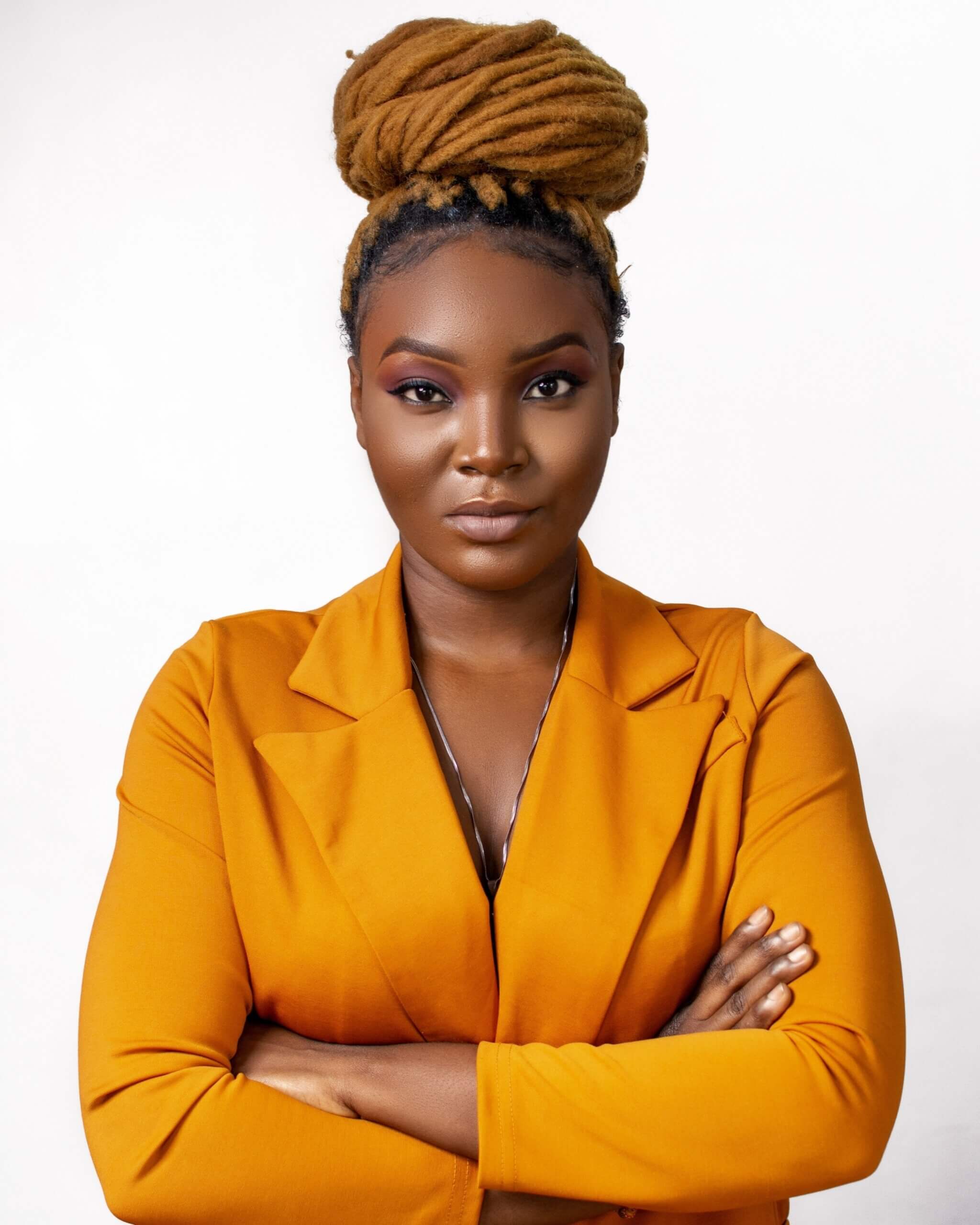Tosin Akingba, a charcoal and graphite pencil artist, is a graduate of Mass Communication from the National Open University of Nigeria. After a stint in broadcast journalism that didn’t give her satisfaction, she returned to her passion: drawing. In this interview, she tells EMMANUEL JEREMIAH that she uses her art to preach against discrimination and abuse of women
How did you discover your talent for drawing?
As a young girl in primary school, rather than reading, I preferred using my leisure time to sketch, and I found out that I was really good at it. I could draw anything from picture books, magazines, story books, comic books etc. I would decorate my class room in school with drawings from the Super Strikers and other comic books I could find. In the secondary school, I loved subjects that had drawing; from Integrated Science, Physical Health Education, Agricultural Science to Biology and the rest.
At some point, you left drawing to do other things. What was your state of mind then?
It is depressing leaving what you love for something else, simply because no one believes in your talent. I was persuaded to study other courses that were believed to bring in more money. I eventually settled for Mass Communication, but wasn’t happy.
How did you get to where you are in your career?
After working for three firms, I realised that being an employee wasn’t for me. I was tired of the labelling and the discrimination against women in business organisations. I faced many uncomfortable situations in which I had to remain professional, instead of standing up for myself and speaking my mind. I got tired of everything and made a life-changing decision to quit my job and pick up art where I left it.
How did you groom yourself to become a professional artist?
Practice, self-criticism, self-motivation and zeal to be better with every drawing.
What informed your choice of using charcoal and graphite pencil for your work?
Choice of using charcoal and pencil for my art is a personal thing. The pencil was the first thing introduced to us as children and the first tool I ever used to create art. As a black woman, I see richness in black; I can relate with blackness. Where people tend to use colour to beautify their works, which I have no issues with, I am more in tune with black. Many may see charcoal as an ordinary thing because it is messy; I see charcoal as extraordinary with which I create extraordinary works.
How do you see Nigerians’ perception of fine artists and artwork?
Nigerians show little interest in the art, which is not good. We are rich in talents, arts and culture. Nigerians need more exposure and enlightenment to art. Many still see art as a part-time thing. There’s little support and attention to art and artists. People really need to be more interested in art.
How did you get the finance to start?
I had savings from my previous jobs, which I used to start my art business.
You have built your career to where it is now. How has the journey been so far?
Interestingly, the journey has been a real ride so far. In the beginning, I was unrecognised and unsupported because many lacked foresight. Today, I enjoy some support and enthusiasm from a lot of people and amazing fans of mine. I look forward to what the future holds. I did a lot of self-reflecting when I had no support, but my passion kept me going.
We learnt you are a poet too. How do you combine poetry with fine art?
Making an art piece, I already have an idea or a picture of what I want to draw and how I want it to convey meaning. Every work is purposeful. In the process of creation, words flow and, by the end of the art piece, my poetry is complete. I use my art-inspired poems to connect to a wider audience who love poetry and art.
What challenges have you faced as a female artist, and how are you coping with them?
In a male-dominated industry, I had to work extra hard to make my voice heard and my art seen, by being consistent. Also, all my materials aren’t produced here in the country; I also buy quality materials overseas. This sometimes involves long waits. I try to get by through ordering materials in bulk and restocking before they expire.
Your art is centred on portraits of women. So, what stories are you telling?
My art speaks for abused women in all ramifications; abused in their homes, places of employment, places of worship, etc. It gives a voice to the voiceless, encouraging them to speak up against their pains and discomfort. In the society we find ourselves, the voice of the girl is silenced while that of the boy is uplifted and heard. There should be equity in our society, and this is what I stand for. This is what I preach.
How do you intend to impact the society with it?
I believe that when words fail, art speaks. A drawing/picture can speak a thousand words. People are moved by what they see. Art conveys so much meaning just by looking at it. I believe my art and I can push for positive change. This is all I wish.
Get real time update about this post categories directly on your device, subscribe now.



